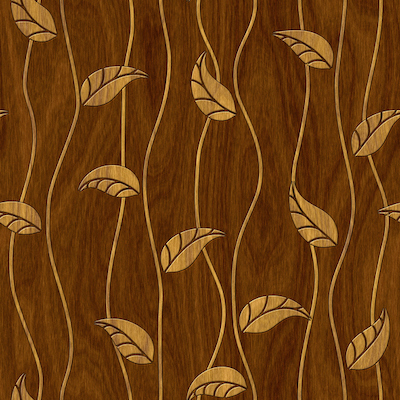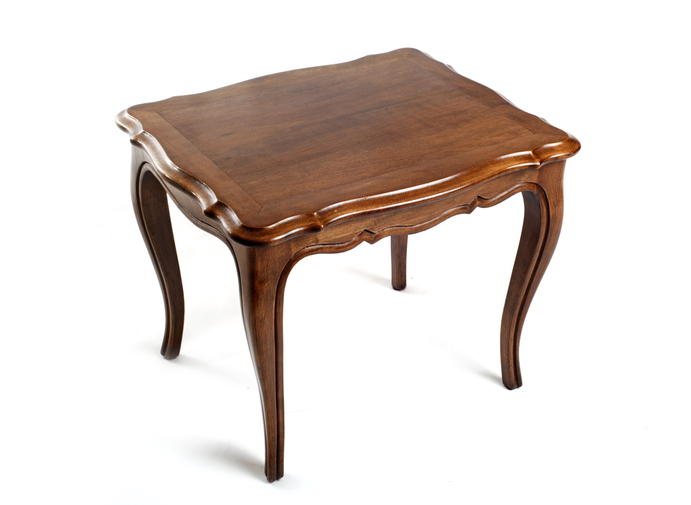

The use of veneer goes back around 5,000 years to the Ancient Egyptians. Early forms of veneer have been found in the tombs of pharaohs, including that of Tutankhamun.
It's thought that its use came about because wood was scarce in desert climates, so veneer was invented to maximise the amount of output possible from a given piece of wood. In this way, the invention of veneer was actually around sustainability!
Furniture production was not that common in Ancient Egypt, with stools and chairs being the main pieces produced from wood. Veneer - particularly ebony and ivory - was cut using a primitive saw and used for decoration on furniture for the rich. It was also used on sarcophagi - the coffins of wealthy Egyptians.
The Romans were known for their sophisticated manufacturing techniques, building aqueducts and roads throughout their empire.
They were also known to have worked with veneer and were the first people to use advanced cutting techniques for more efficient production. They created chairs, stools, tables and benches decorated with the veneer of fine woods. They are known to have used elm, beech, maple, ash and olive, amongst other species.
The remains of a furniture shop has been found intact in Pompeii, the ancient city destroyed by a volcanic eruption in 79 AD.

There is little record of veneer being used for much of the middle ages - the manufacturing practice died out for many centuries until it enjoyed a resurgence in Europe during the Renaissance - from the 15th to 17th centuries.
At this time, production was still a manual and time-consuming task and so veneer was used primarily for decorative purposes on furniture owned by the wealthy. Intricate details and marquetry were typical of this period.

The use of veneer continued through the Enlightenment when a number of famous antique makers used veneer.
One of the best known was Thomas Chippendale in the 18th century who took advantage of its aesthetics, stability, matching and continuity of grain and colour.
In the early 19th century many manufacturing processes were automated with the use of steam and water power. Veneer production was no exception.
The patent for the first veneer producing machine was given to Marc Isambard Brunel (father of the more famous Isambard Kingdom Brunel).
Once industrial machines were able to slice wood in high quantities, veneer became a popular choice for Victorians. The process of veneer manufacturing has been refined ever since and remains popular today.